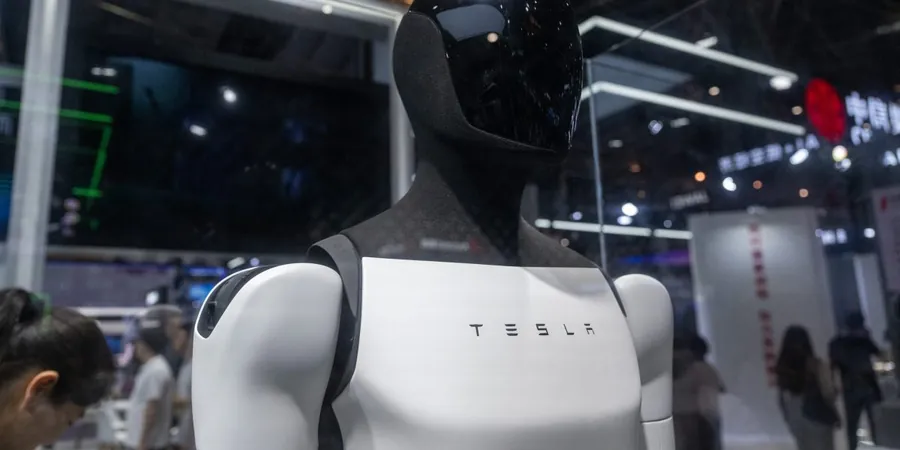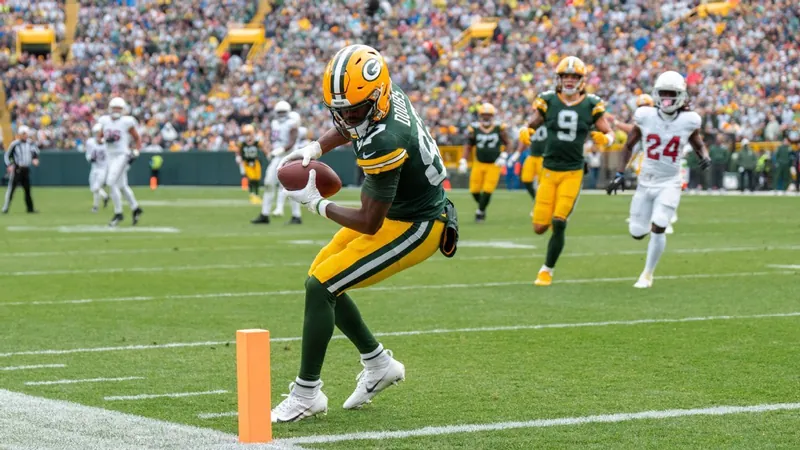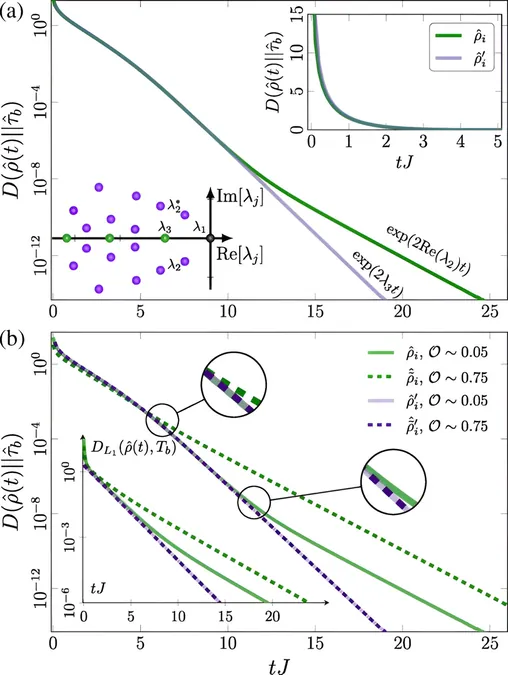
Tesla's Optimus Bot Dazzles at Robotaxi Launch—But Is It All Just A Show?
2024-10-13
Author: Chun
Elon Musk’s humanoid robot, Optimus, captivated audiences with its ability to navigate through a crowd at the Warner Bros. studio lot in Hollywood, demonstrating an impressive performance that included engaging attendees in conversation, playing rock-paper-scissors, and even pouring drinks. Just two years prior, the Optimus prototype was unable to step onto a stage unassisted, showcasing a remarkable evolution in design and functionality.
Musk boldly claimed, “This will be the biggest product ever—of any kind,” as he introduced the upgraded version of the robot to attendees, hoping to eliminate doubts fueled by previous pre-recorded videos demonstrating its capabilities only within Tesla facilities. “The Optimus robots will walk among you, please be nice,” he advised, inviting the audience to interact with the creation that had long been ensconced in the realm of science fiction.
While many attendees were genuinely impressed by not only the humanoid robots but also Tesla’s unveiling of the Cybercab and Robovan, which was unexpectedly included in the lineup, there were underlying concerns. The interaction felt futuristic, yet it was soon revealed that the robots were not operating with genuine artificial intelligence. Instead, they were remote-controlled by humans using special suits to translate their movements, essentially making them sophisticated puppets.
A representative operating one of the Optimus models disclosed on video, “Today I’m assisted by a human, I’m not yet fully autonomous.” This clarification echoed the backlash from Musk's earlier demonstration, where viewers noted that a human hand was visible in footage of the robot folding shirts.
Critics quickly dubbed the spectacle a "parlor trick," arguing that it was misleading to present the robots as autonomous creations. Josh Wolfe, co-founder of Lux Capital, remarked on social media, “Totally worthy to celebrate low latency remote control, but totally dishonest to demo these as autonomous robots.”
Despite these revelations, Musk remains optimistic about Optimus's potential. He envisions it as Tesla's flagship product, predicting a selling price as low as $20,000, with production costs halving that amount, and an ambitious goal of producing and selling 100 million units annually. Musk estimates that revenue from Optimus could soar to $1 trillion annually, potentially elevating the valuation of this endeavor to a staggering $25 trillion.
Omar Qazi, a prominent Tesla influencer and informal brand ambassador, acknowledged the fact that the robots were human-controlled but defended their operational mechanisms, asserting that creating a robot capable of such functionality warrants recognition, even without full AI integration. He encouraged skeptics to attempt designing their own robots capable of gracefully navigating crowded spaces.
As Tesla continues to develop the Optimus line, the excitement and skepticism surrounding its capabilities linger, leaving many wondering if this ambitious project will truly revolutionize the robotics landscape or simply remain an impressive feat of engineering gimmickry. Stay tuned as this intriguing story unfolds!




 Brasil (PT)
Brasil (PT)
 Canada (EN)
Canada (EN)
 Chile (ES)
Chile (ES)
 España (ES)
España (ES)
 France (FR)
France (FR)
 Hong Kong (EN)
Hong Kong (EN)
 Italia (IT)
Italia (IT)
 日本 (JA)
日本 (JA)
 Magyarország (HU)
Magyarország (HU)
 Norge (NO)
Norge (NO)
 Polska (PL)
Polska (PL)
 Schweiz (DE)
Schweiz (DE)
 Singapore (EN)
Singapore (EN)
 Sverige (SV)
Sverige (SV)
 Suomi (FI)
Suomi (FI)
 Türkiye (TR)
Türkiye (TR)